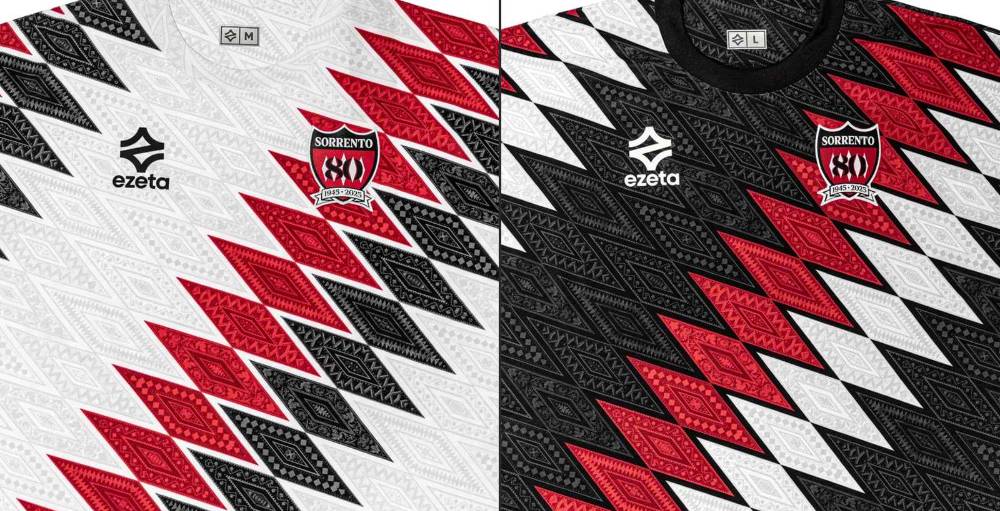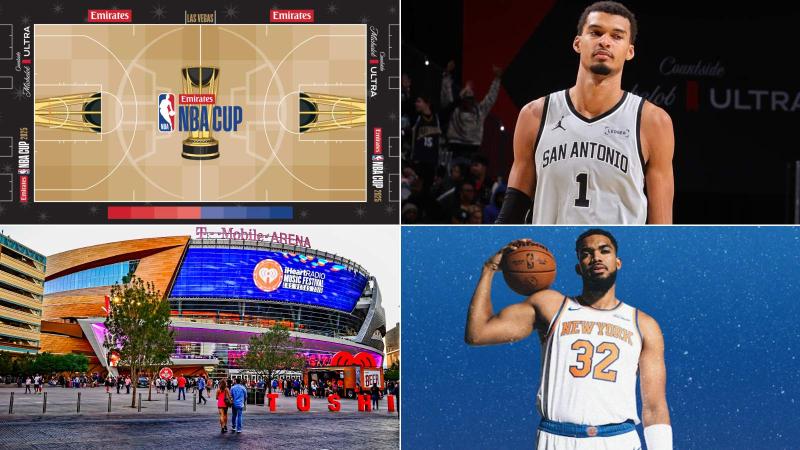In Detail - Here Are All 13 Adidas World Cup Balls - Incl. Tango, Fevernova, Teamgeist & Jabulani
Update: The 2018 World Cup is less than two weeks away. Unisport has made some nice pictures of the past few World Cup footballs.
Adidas has been making the World Cup balls since almost 40 years now, and on Thursday they revealed their latest accomplishment - the Telstar 18. We take a look at the history of Adidas' World Cup balls.
The last time Adidas did not produce the official FIFA World Cup ball was in 1966, when Slazenger produced the official ball of the tournament - the orange Slazenger Challenge.
1970 FIFA World Cup Mexico - Adidas Telstar
For its first FIFA World Cup, Adidas created the world's most recognized soccer ball design. It featured 32 hand-stitched panels (12 black pentagons and 20 white hexagons) that made the ball a more perfect sphere and visible on black and white television for a worldwide audience. To this day, the design remains the soccer ball archetype.
1974 FIFA World Cup Germany - Adidas Telstar/Adidas Chile
Two match balls were used in 1974 – Adidas Telstar was updated with new black branding replacing the gold branding and a new all-white version of Telstar named Adidas Chile was introduced. 1974 was also the first time World Cup Match Balls could carry names and logos – Adidas was no longer an anonymous supplier of Match Balls used on the field.
1978 FIFA World Cup Argentina - Adidas Tango
The 1978 Match Ball included twenty panels with triads that created an optical impression of 12 identical circles. The Tango inspired the match ball design for the following five World Cup tournaments.
1982 FIFA World Cup Argentina - Adidas Tango España
Altered slightly from the 1978 Match Ball, the 1982 ball sported innovative waterproof sealed seams that reduced the ball's water absorption and minimized weight increase during wet conditions. The Tango España was the last traditional leather World Cup ball.
1986 FIFA World Cup Mexico - Adidas Azteca
The 1986 World Cup match ball revolutionized soccer balls and production techniques as the first ever fully synthetic/polyurethane-coated match ball. The new materials increased durability and further minimized water absorption. The ball was also the first to include designs inspired by the host nation. The Azteca was elegantly decorated with designs inspired by Mexico's Aztec architecture and murals.
1990 FIFA World Cup Italy - Adidas Etrusco Unico
For the first time, the World Cup Match Ball contained an internal layer of black polyurethane foam, making it fully water-resistant and faster than ever. The name and design paid homage to Italy's history and the fine art of the Etruscans.
1994 FIFA World Cup USA - Adidas Questra
For the 1994 World Cup, the Questra was first ever match ball to be enveloped in a layer of polystyrene foam. The innovation made the ball softer to the touch and much faster off the foot. The ball's design represents space technology, high velocity rockets and America's "quest for the stars."
1998 FIFA World Cup France - Adidas Tricolore
The first ever multi-colored Match Ball, the Tricolore featured an advanced syntactic foam that improved the ball's durability, energy return and responsiveness. Adidas also used an under glass print technology for the first time that increased the longevity and visibility of the ball, which featured France's national colors.
2002 FIFA World Cup Korea and Japan -Adidas Fevernova
For the first time since 1978, the match ball broke away from the traditional Tango design. The innovative Fevernova included a refined syntactic foam layer that allowed for more precise and predictable flight path. Asian culture inspired the revolutionary colorful look.
2006 FIFA World Cup Germany - Adidas Teamgeist
A radically new configuration reduced the amount of panel touch points forming a smooth and perfectly round exterior that improved accuracy and control. Prior to the Teamgeist, the surface of World Cup match balls had notable differences depending on where a player would strike the ball due to seams, ridges and other imperfections where panels come together. The revolutionary propeller design of the Teamgeist minimized corners and created a smoother surface for improved play. The ball was designed with traditional colors of the German flag and was accentuated with the golden color of the World Cup trophy.
2010 FIFA World Cup South Africa - Adidas Jabulani
The Jabulani featured a new grip n groove ball technology that provided players a ball with exceptionally stable flight and perfect grip under all conditions. With eight thermally bonded 3-D panels that were spherically molded for the first time, the Jabulani was more round and accurate than any of its predecessors.
2014 FIFA World Cup Brazil - Adidas Brazuca
The Adidas Brazil was unveiled on December 3, 2013. Brazuca was confirmed as the match ball name after a public vote in Brazil, participated in by more than one million soccer fans in the host country.
2018 FIFA World Cup Russia - Adidas Telstar
The Adidas Telstar 18 is Adidas' latest soccer ball innovation. Inspired by the first ever Adidas match ball - the 1970 Telstar, the Adidas Telstar 18 ball is packed with more innovative tech than ever.
Which Adidas World Cup ball is your favorite? Let us know in the comments below.


































